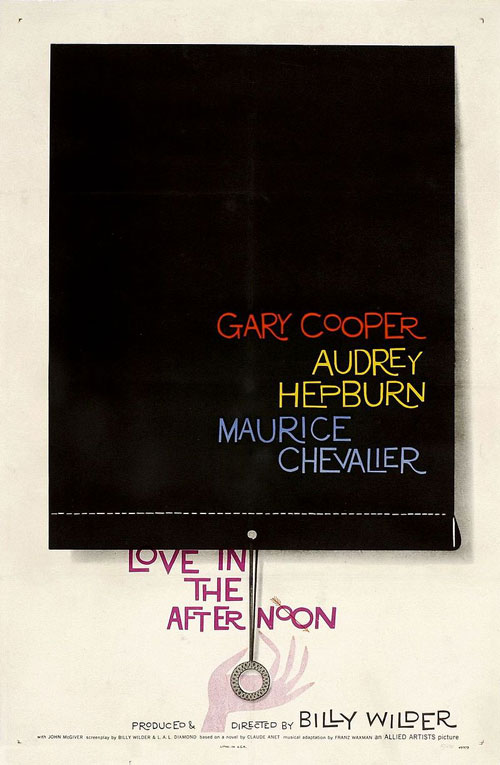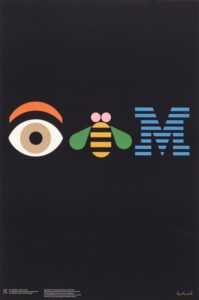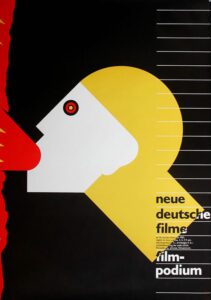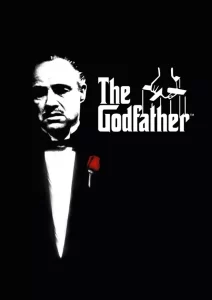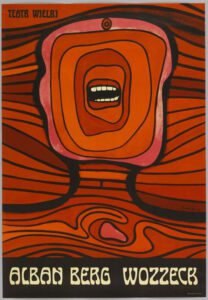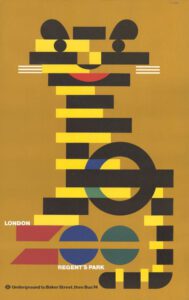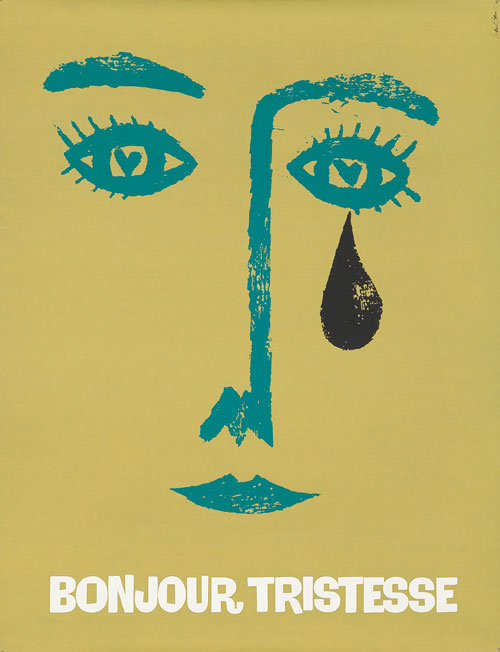
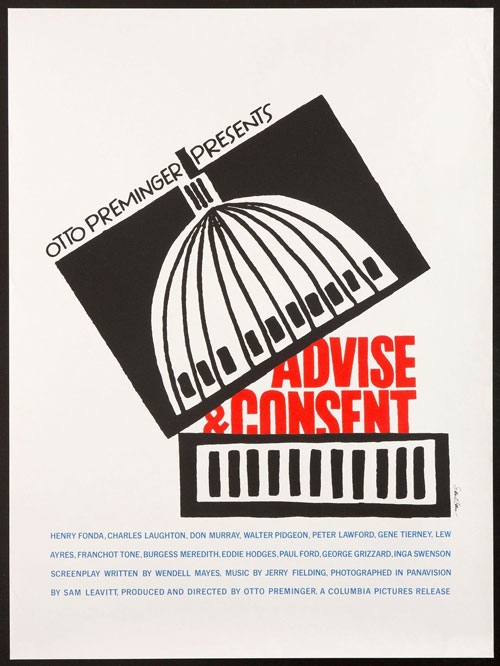
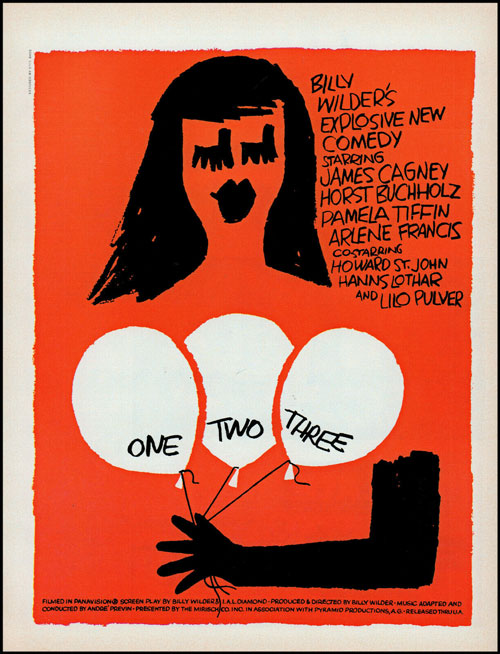
Film posters don't get much better
When it comes to memorable film posters, Saul Bass is a towering figure.
Noted for his striking but minimal designs, his unusual depictions of the human form, and his steadfast refusal to take the straightforward route with his artistry, he has become influential for several generations of artists.
Here, we’ll take a look at 10 of his most iconic posters:
The Man with the Golden Arm - 1955
Saul Bass gained international attention as a graphic artist for one overriding reason: his posters and artwork gave an insight into the tone and feel of a film rather than faithfully depicting a scene or a character.
He does this beautifully in The Man with the Golden Arm. In a story about a character who is battling with drug addiction (most likely heroin), the jagged, broken arm becomes an important symbol of how drugs can ravage the body. What’s also interesting here is the way it extends downwards, as if it’s reaching for something. In a film where the main character also has ambitions to be a drummer, his arm could be reaching desperately for a renewal of his musical talent.
Bass was called upon by Stanley Kubrick to work on the film poster for The Shining. Their correspondence in connection with the film’s poster design has been meticulously archived over the years, and reveals that they went through hundreds of different designs before arriving at the poster in question.
Many of the rejected designs have been collected by film lovers (you can take a look at a few of them here). Each one offers a pointillist depiction of a scene or an element from the film. There’s a drawing of the hotel maze; a drawing of Jack, Wendy, and Danny in broken silhouette; a drawing of the Overlook Hotel in starlit darkness.
In the end, Kubrick and Bass settled on the poster mentioned above, with the ghostly, recoiling child’s face lurking out of an oversized ‘T’. It went on to be used as the poster for the original US run of The Shining.
But while Bass’ poster is eerily beautiful and very in keeping with his bold, minimalist aesthetic, film studio execs believed that it said nothing about the actors in the film. To add to that, the pointillist image of the child was an artistic interpretation of the film and didn’t look anything like the child character Danny Torrance.
In the end, the studio went with a different poster for the international release – one that featured the memorable scene from the film where Jack breaks into the bathroom with an axe; a clear indication that the studio wanted to utilise their big name actor over Bass’ art.
